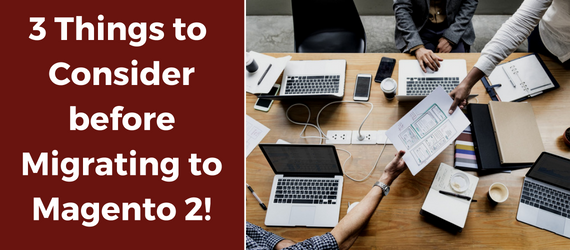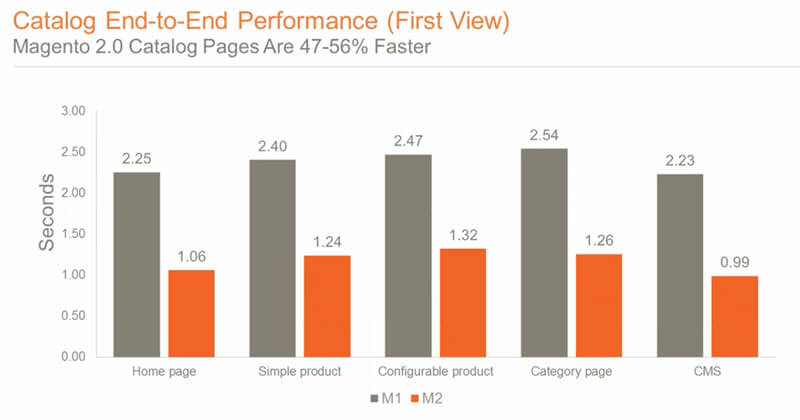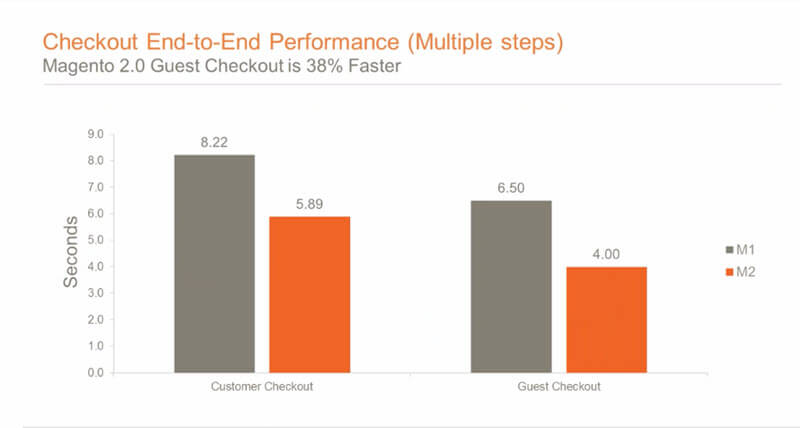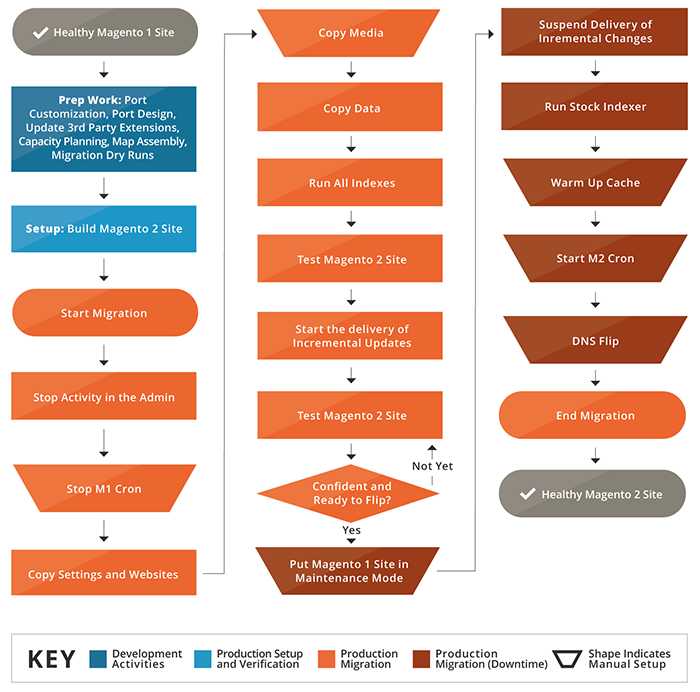Managing an e-commerce platform is not a cake walk. It takes dedication, insight, resources, and more to have a successful e-commerce platform for any business.
However, the good news for e-commerce businesses is the fact that e-commerce continues to grow every year providing more and more opportunities for growth.
Eight Key E-Commerce Statistics
- In 2017, e-commerce sales reached 81.7 billion euros; an increase of over 14% compared to sales in 2016.
- M-commerce, sales made through smartphones or tablets, grew by 50% helping to drive the overall increase in e-commerce sales in 2017.
- 85% of Internet users shop online. This includes over 92% of Internet users between the ages of 18 and 49.
- In 2017, online consumers spent on average nearly €2, 200.
- 68% of e-commerce business turned a profit while another 9% broke even.
- For VSEs/SMEs, online shopping was tied in an 73% increase in store attendance and 65% increase in sales in physical stores.
- 57% of customers research a product using their smartphone while shopping online or in-store.
- Since 2005, the number of e-commerce merchants has increased from 14,500 to 182,000.
Source: FEVAD
Using the key statistics above, it is clear to see that e-commerce is becoming more significant every year. In order to take advantage of the market, it is essential to have the right tools that can enable business to better connect with customers, provide a clean and reliable platform, analyze valuable customer and sales data, and more.
That is why many are considering whether or not to migrate towards Magento 2, which offers significant advantages in terms of its usability and performance.
Advantages of Magento 2
Greater Performance
From a performance standpoint, Magento 2 enables faster performance immediately. When one considers the importance of load times, it is key to understand that customers are more likely to leave your site if they experience long page load times.
User-Friendly Checkout
Magento 2 also has a faster and simpler check out process that is highly customizable. This in turn makes it easier to design a checkout process that best meets the needs of your customers leading to less cart abandonment.
Upgraded Security
Security upgrades are capable of bringing forth preventative measures to eliminate vulnerabilities. As a result, retailers can invest more of their time creating a wonderful site experience.
Improved Admin Interface
An improved Admin user interface provides efficiency and flexibility in how e-commerce teams manage their day-to-day. For example, content staging and preview functionality allows teams to create, preview and schedule content updates and promotional campaigns.
A more user-friendly design makes it easier and quicker to access important data, adding products to the site, and even teaching new staff members how to use the platform.
Does it make sense to switch?
Deciding to switch to Magento 2 should be considered on a case-by-case basis. For businesses that have recently invested heavily in any version of Magento 1, now may not be the ideal time to invest more time and resources.
Migrating to Magento 2 is much more complex task than just upgrading a typical software solution. It is more like switching to a whole new software solution due to the fact that the coding is completely different for Magento 2. Therefore, both time and resources will need to invested in order to make the switch.
Nonetheless, migrating to Magento 2 is inevitable as support and software updates for Magento 1 will eventually end. The end of the support for Magento 1 can be announced anytime now with a timeframe of 18 months. Without these updates, an e-commerce platform can become susceptible to worsening performance and greater security risks.
Migrating sooner rather than later will prevent you from having to repeat tasks that will be necessary when migrating to Magento 2. In addition, an earlier migration will enable you to take advantage of the benefits Magento 2 offers.
Things To Consider
Business Goals
Choosing your next platform is an important decision that should be based on your business goals. Doing so will ensure the right platform that can take your business to the next level.
Site Design
The migration process is also a time to consider if it is appropriate to redesign or make some minor changes to your existing design. For example, one may want to make changes to certain templates to take advantage of Magento 2’s native functionality.
Other changes to customizations, API’s, or functions could be made a result of analysis of your current site that are deemed necessary in order to increase sales and conversion rates.
Quality Assurance Testing
Regardless of the changes made to your site during the migration process, it is essential to implement QA testing before launching your new Magento 2 site. In fact, Magento recommends QA testing as a necessary step in its migration roadmap.
Migration to Magento 2 Roadmap
Source: Magento 2
Executing a QA test of your site is essential to ensure that the migration to Magento 2 does not produce bugs that hinder user journeys. It is also crucial to test the functionalities and user experience, which can be impacted during the redesign phase. Failing to perform QA tests can result in an underperforming site that fails to increase sales or the conversion rate.
Remember the point of migrating to Magento 2 is to take advantage of the benefits it offers. Ignoring the importance of testing can easily hinder your site’s performance, frustrate customers, and result in a loss revenue.
Check out the button below to learn more about the importance of QA testing for e-commerce sites as well as the challenges it presents.








